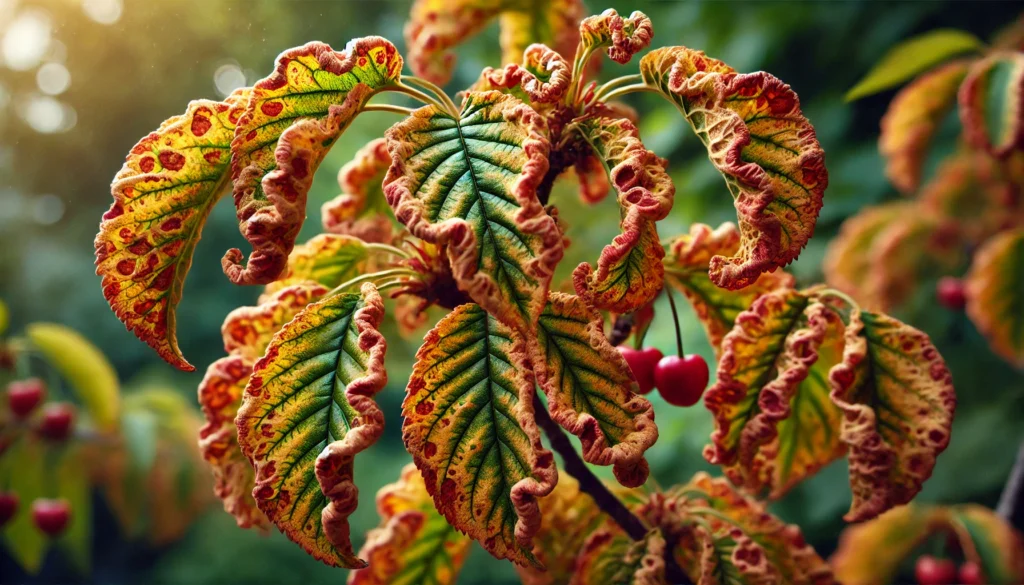
How to Handle Cherry Tree Leaf Curl and Restore Its Health: Effective Solutions for a Thriving Tree
Cherry trees are a stunning addition to any garden, but when their leaves begin to curl, it can be a cause for concern. If you’re wondering how to handle cherry tree leaf curl and restore its health, you’re not alone. Leaf curl is a common issue that can weaken your tree, affecting its growth and overall vitality. In this guide, we’ll explore the causes behind cherry tree leaf curl and provide effective solutions to help you restore your tree’s health. With the right care and attention, your cherry tree can recover and thrive once again. Let’s dive into the essential steps for treatment!
Table of Contents
ToggleWhat Is Cherry Tree Leaf Curl? 

Cherry tree leaf curl is a common problem that causes the leaves of cherry trees to curl, twist, and often become discolored. It is primarily caused by a fungal infection, Taphrina deformans, which targets the young leaves during early spring. The affected leaves become distorted, turn reddish or yellow, and may even fall off prematurely.
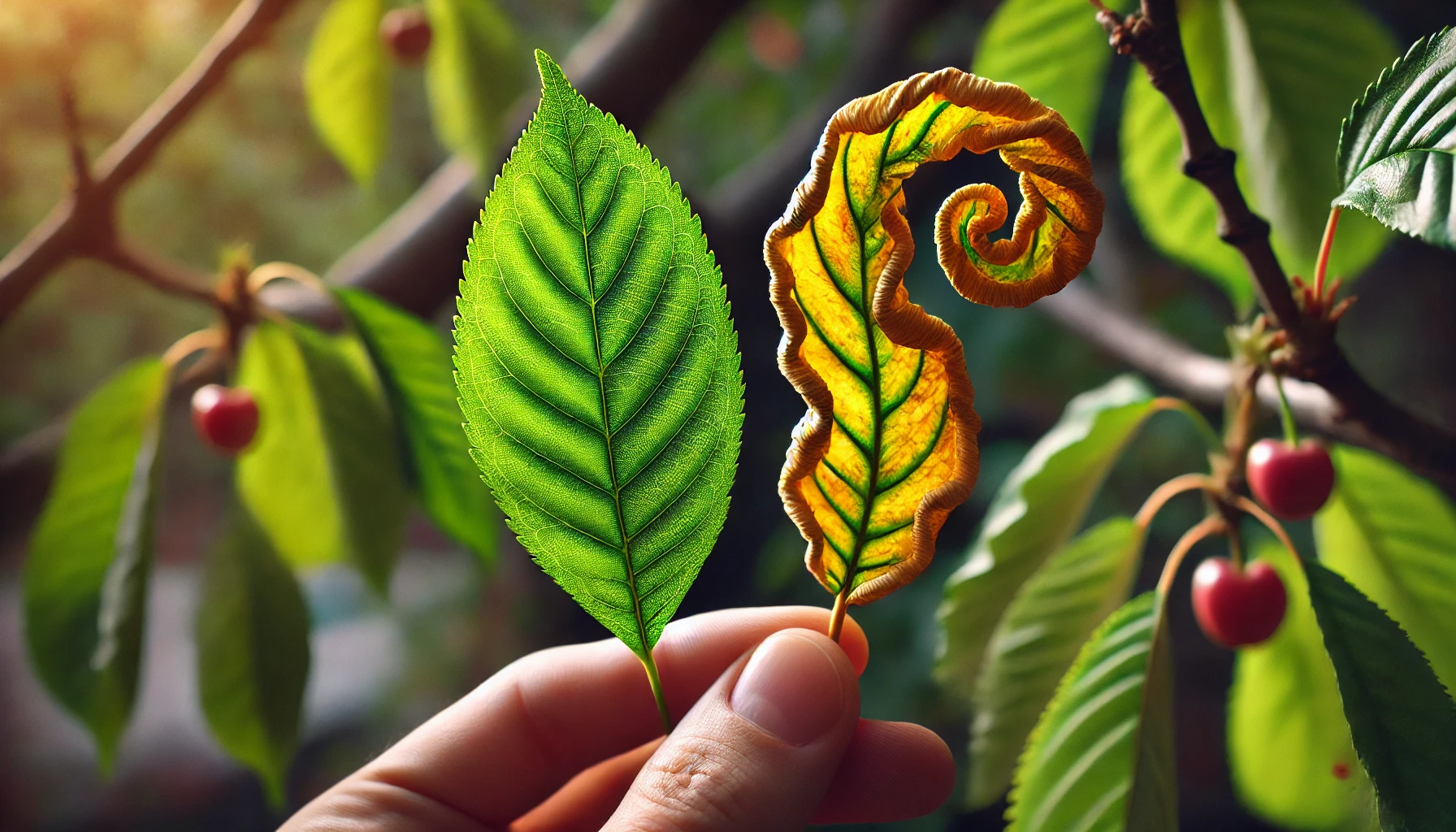
This condition can affect both sweet cherries and sour cherries. If not managed, cherry tree leaf curl can weaken the tree and reduce fruit production.
Key signs to look for:
- Curling, puckered leaves
- Reddish or yellowing leaves
- Premature leaf drop
It’s essential to treat this fungal issue early to prevent long-term damage to your cherry tree. Keep an eye out for these symptoms, especially during the spring when the tree is growing new leaves!
Common Causes of Cherry Tree Leaf Curl 

Cherry tree leaf curl is a common issue that can cause concern for gardeners. There are a few primary culprits behind this problem:
- Fungal Infections
- Cherry Leaf Spot: This is a widespread fungal disease that causes yellow or brown spots and eventual curling of leaves. The fungus thrives in wet, humid conditions.
- Treatment: Regularly remove fallen leaves and apply fungicides to prevent the spread.
- Insect Damage
- Aphids & Spider Mites: These tiny pests suck out the sap from leaves, causing them to curl and distort. Aphids tend to leave a sticky residue, while spider mites cause webbing.
- Treatment: Use insecticidal soap or neem oil to control these pests.
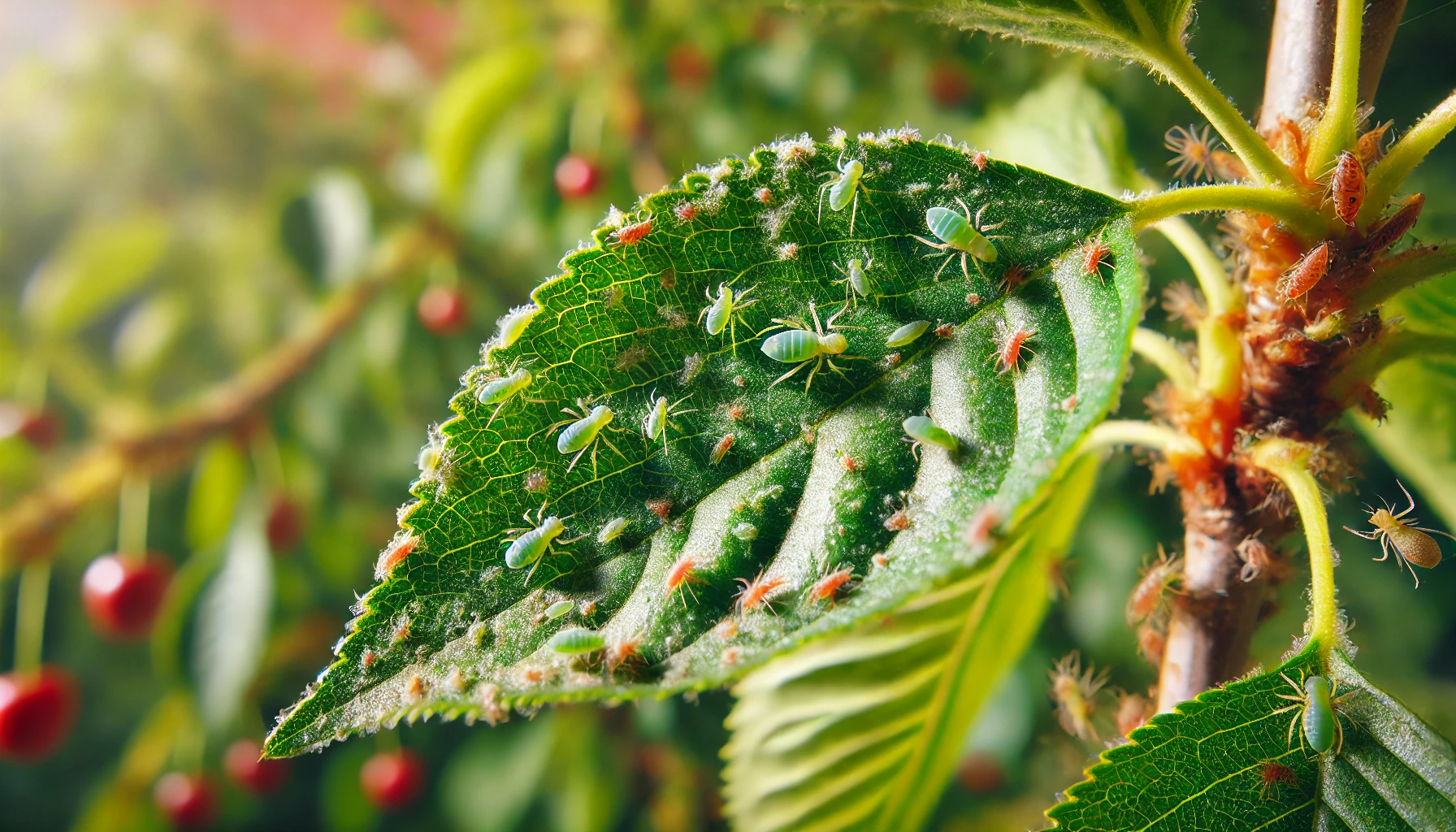
- Environmental Stress
- Watering Issues: Both overwatering and underwatering can stress a cherry tree, leading to curled leaves. Ensure consistent watering, and avoid letting the roots stay too soggy.
- Temperature Extremes: Sudden cold spells or heatwaves can damage leaves, causing them to curl as a protective response.
- Nutrient Deficiency
- Lack of Nitrogen or Potassium: Nutrient imbalances can weaken the tree and cause curling leaves. A lack of nitrogen leads to weak growth, while potassium helps with overall plant health.
- Treatment: Fertilize the tree with a balanced fertilizer to restore nutrient levels.
- Chemical Exposure
- Pesticides or Herbicides: Overuse or improper application of chemicals can cause leaf burn, resulting in curled and discolored foliage.
- Treatment: Ensure chemicals are applied correctly, and avoid spraying in windy conditions.
By identifying the cause of the cherry tree’s leaf curl early on, you can take effective action to protect your tree and ensure it thrives 
How to Diagnose the Problem Correctly 

Diagnosing plant problems correctly is key to finding the right solution. Here’s how to approach it:
- Examine the Symptoms
Start by looking at the plant’s leaves, stems, and roots. Are they yellowing, wilting, or discolored? Take note of any unusual spots, curls, or dryness. These are the first clues. - Check the Environment
Review the plant’s surroundings. Is it getting too much sunor too little? Is the soil well-drained, or is it too soggy
? Temperature extremes, humidity, and wind can also play a role in plant stress.
- Inspect for Pests
Examine both the top and bottom of leaves, stems, and roots for pests. Tiny insects like aphids or spider mites can cause significant damage. Use a magnifying glass if needed! - Assess Watering Practices
Overwatering or underwatering can often mimic similar symptoms, like yellowing leaves or drooping. Feel the soil — is it too dry or too wet? Adjust your watering schedule accordingly. - Look for Disease Signs
Dark spots, powdery mildew, or mold indicate potential diseases. Fungal and bacterial infections need prompt attention to prevent spread. Isolate the affected plant if necessary. - Test the Soil pH
Plants have specific pH needs. For example, some prefer acidic soils, while others thrive in alkaline conditions. A quick soil test can help determine if the pH is off balance.
By carefully considering these factors and gathering all symptoms together, you can pinpoint the issue and decide the best course of action!
Effective Solutions to Combat Leaf Curl 

If you’re dealing with leaf curl in your plants, don’t worry – effective solutions are available! Here are some simple yet powerful steps to restore your plants to their healthy state:
- Watering Techniques
: Inconsistent watering can cause stress and leaf curl. Make sure to water your plants deeply and consistently, ensuring the soil stays moist but not soggy. Overwatering or underwatering can both contribute to leaf curl.
- Prune Damaged Leaves
: If you spot curled or diseased leaves, prune them to prevent the spread of infection. This will help the plant focus its energy on healthy growth.
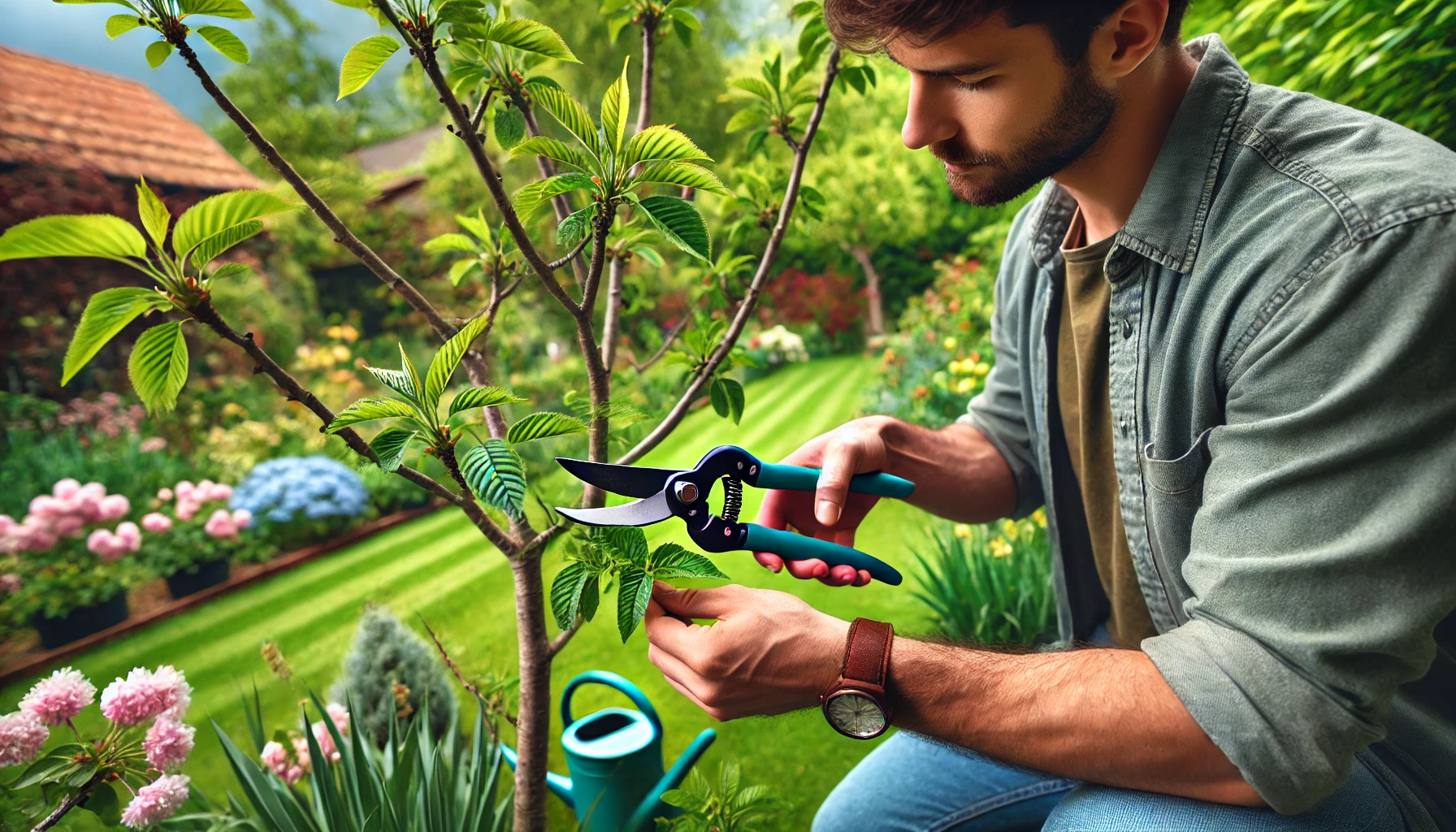
- Adjust Humidity Levels
: Low humidity can make your plants’ leaves curl. To increase moisture in the air, consider using a humidifier or placing a shallow dish of water near your plants.
- Use Proper Fertilization
: Under or over-fertilizing can stress plants. Opt for a balanced fertilizer and apply it according to the plant’s specific needs. Overuse can burn the roots, causing leaf curling.
- Inspect for Pests
: Pests like aphids and spider mites can cause leaves to curl. Regularly inspect your plants and remove any pests. Use insecticidal soap if needed to treat infestations.
- Ensure Proper Sunlight
: Too much direct sunlight can cause leaf curl, especially in sensitive plants. Make sure your plants are getting the right amount of light for their species.
By following these straightforward tips, you can protect your plants from the stress of leaf curl and keep them thriving!
Preventing Cherry Tree Leaf Curl in the Future 

To avoid future issues with cherry tree leaf curl, follow these expert tips for healthy, thriving trees!
- Choose Resistant Varieties
: Some cherry tree varieties are more resistant to leaf curl. When planting, consider these for fewer problems down the road.
- Proper Watering
: Consistent watering is key! Too much or too little can stress your tree, making it vulnerable to diseases like leaf curl. Water deeply and evenly.
- Prune Regularly
: Removing dead or infected branches keeps the tree strong and reduces the risk of diseases spreading.
- Fungicide Application
: Prevent fungal infections by using fungicides in early spring, before buds swell. A proactive approach helps stop the fungus before it starts.
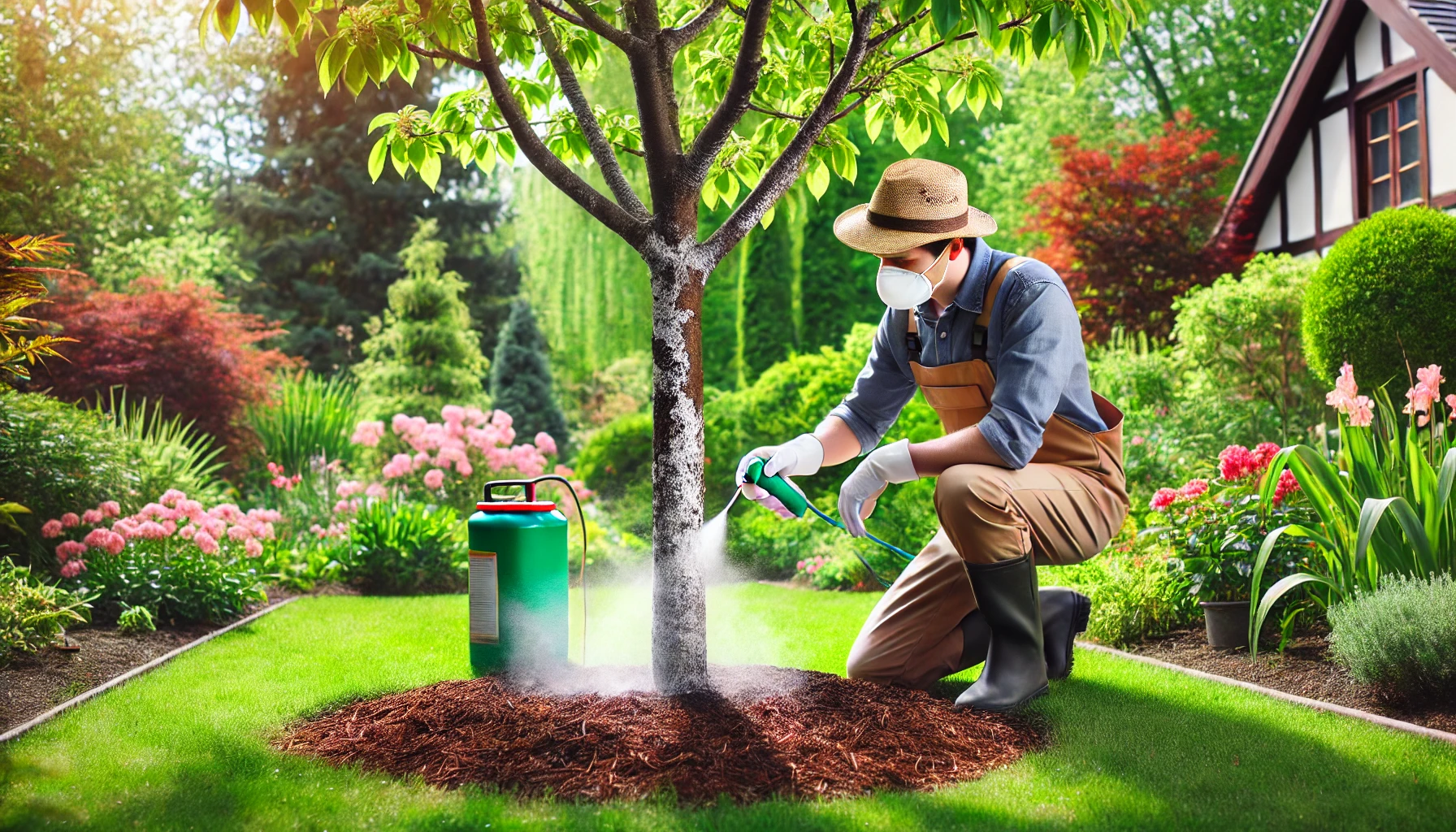
- Maintain Proper Spacing
: Ensure enough space between trees for proper air circulation. This reduces humidity and prevents fungal growth.
- Good Mulching Practices
: Apply mulch around the base to conserve moisture and keep weeds at bay. But be careful—too much mulch can cause root issues!
By following these simple yet effective steps, you can prevent cherry tree leaf curl and enjoy healthy, vibrant trees for years to come!
How to Restore Your Cherry Tree’s Health 

Restoring the health of your cherry tree is vital for keeping it vibrant and productive. Here are some simple, yet effective steps to help you bring your tree back to life:
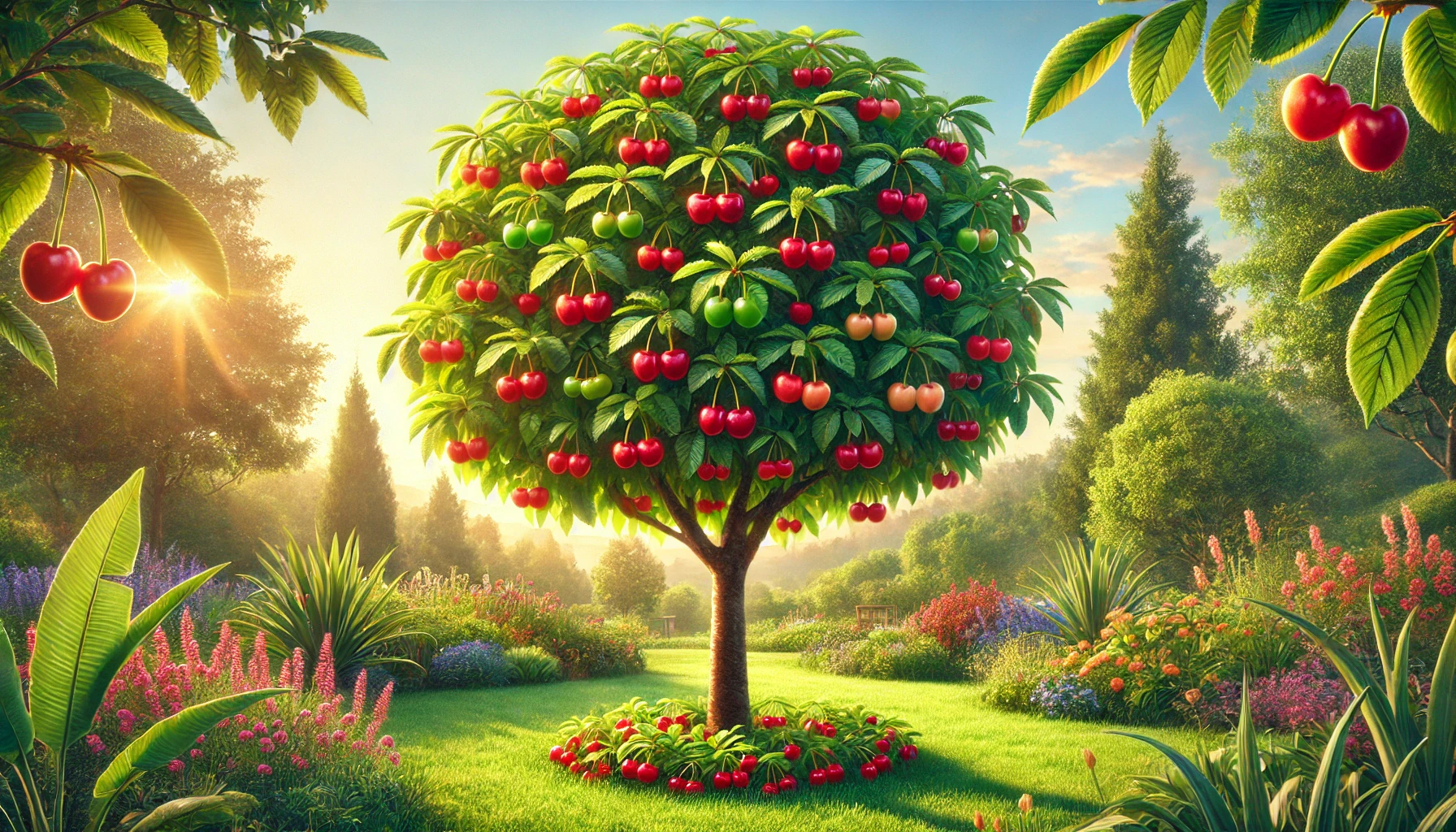
- Assess the Damage
- Look for signs of disease, pests, or physical damage. Yellowing leaves or wilting branches may indicate a problem. Identifying the issue is key to effective treatment.
- Watering Wisely
- Ensure your cherry tree receives adequate water, but avoid overwatering. Cherry trees prefer well-drained soil, so be mindful of waterlogging, which can cause root rot.
- Prune Dead or Damaged Branches
- Pruning is essential for promoting healthy growth. Remove any dead, diseased, or damaged branches to improve airflow and sunlight exposure.
- Fertilize with Care
- Apply a balanced fertilizer in the spring. Be careful not to over-fertilize, as too much nitrogen can lead to lush growth at the expense of fruit production.
- Check for Pests and Diseases
- Inspect your tree regularly for pests such as aphids or diseases like powdery mildew. Use organic treatments like neem oil to control pests without harming the environment.
- Mulch Around the Base
- Add a layer of mulch around the base of your tree. This helps retain moisture, keeps weeds away, and provides nutrients as it decomposes.
- Protect from Frost
- If you’re in a cold region, consider covering the tree during late frosts to prevent damage to new buds and blossoms.
By following these simple steps, your cherry tree can regain its vitality and continue to produce beautiful blossoms and delicious fruit!
Conclusion

Cherry tree leaf curl may seem like a daunting problem at first, but with the right knowledge and timely action, you can restore your tree’s health and ensure its long-term vitality. By understanding the causes of leaf curl, diagnosing the issue correctly, and implementing the appropriate treatments, you’ll be able to protect your cherry tree from further damage and encourage healthy growth.
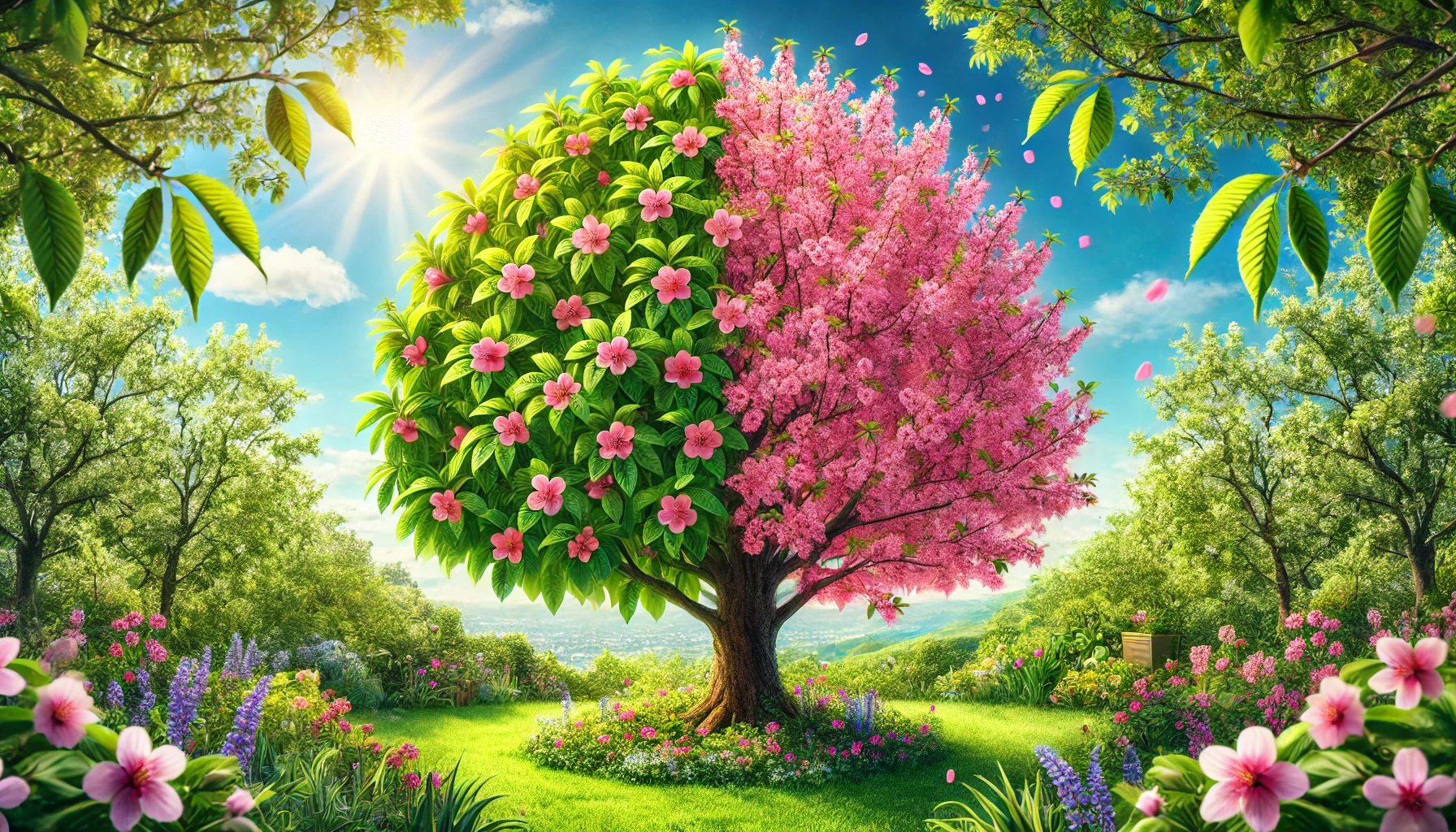
Remember, prevention is key—regular care, pest control, and proper watering practices go a long way in preventing future leaf curl outbreaks. Be patient and stay committed to your tree’s well-being, and in time, your cherry tree will thrive, producing healthy leaves and bountiful fruit for you to enjoy!
Taking these steps not only helps you restore your cherry tree’s health but also strengthens your connection with nature, providing you with the satisfaction of nurturing a thriving, healthy tree.
Frequently Asked Questions(FAQ)
What causes cherry tree leaf curl?
Cherry tree leaf curl is primarily caused by fungal infections, such as Taphrina deformans. This fungus infects the leaves, causing them to curl and distort. Other factors, such as improper watering, poor soil drainage, or pest infestations, can also contribute to leaf curl.
How can I prevent cherry tree leaf curl?
To prevent cherry tree leaf curl, ensure proper care by:
- Pruning your tree to improve air circulation.
- Applying a fungicide in early spring, before the leaves emerge.
- Watering consistently but not excessively, and ensuring the soil is well-drained.
Keeping an eye out for pests and addressing them promptly.
How can I treat cherry tree leaf curl?
To treat cherry tree leaf curl:
- Prune away affected leaves to reduce the spread of the infection.
- Apply an appropriate fungicide, following the manufacturer’s directions.
- Ensure your tree has proper care, including good watering practices and adequate sunlight.
- In severe cases, consider consulting a professional arborist for further treatment options.
Can cherry trees recover from leaf curl?
Yes, cherry trees can recover from leaf curl if treated early. While the affected leaves may not return to their original state, the tree can regrow healthy leaves in the following season with proper care and treatment.
Should I remove all the affected leaves from my cherry tree?
Yes, removing affected leaves is important to stop the spread of the fungus. However, don’t prune too much at once—this could stress the tree. Remove only the severely affected leaves and avoid pruning during the growing season to prevent further damage.
Can leaf curl spread to other trees?
Yes, leaf curl can spread to other trees if left untreated. Fungal spores can be carried by wind or rain, affecting nearby trees. It’s essential to treat the infected tree promptly to prevent the fungus from spreading.
Is chemical treatment necessary for cherry tree leaf curl?
Chemical treatment with fungicides can be effective, especially during early spring before the leaves fully develop. However, organic treatments or preventative measures like proper watering and pruning can also help reduce the risk of leaf curl.
How can I strengthen my cherry tree to resist leaf curl?
To help your cherry tree resist leaf curl, provide optimal growing conditions:
- Ensure it’s planted in well-drained soil with plenty of sunlight.
- Avoid over-watering or under-watering.
- Fertilize the tree to promote strong, healthy growth.
Regularly check for pests or other signs of stress.








